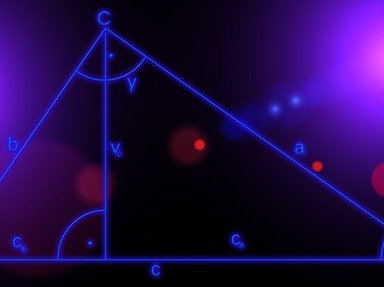Quiz Answer Key and Fun Facts
1. The information that is provided at the beginning of a proof is typically called the . . .
2. The first thing we do is to draw a segment from B to D. Items added to a geometric diagram to help with the proof are called . . .
3. We need to establish that in parallelogram ABCD, AB is parallel to DC and AD is parallel to BC. Our justification is . . .
4. In parallelogram ABCD, angle ABD is congruent to angle BDC because if we have parallel lines and a transversal, we know . . .
5. Using the transversal BD, we can show that in parallelogram ABCD . . .
6. We need to explicitly state that BD = BD. This idea that something is congruent to itself is called the . . .
7. We have parallelogram ABCD with the diagonal BD. The Angle-Side-Angle property establishes that . . .
8. We have parallelogram ABCD with the diagonal BD. We write AB is congruent to DC and AD is congruent to BC. Our last justification is . . .
9. Three letters traditionally found at the end of a proof are . . .
10. This proof can be found in Euclid's "Element" as Book I, Proposition 34. There is a famous story that a book seller refused to sell a copy of "Elements" to which person?
Source: Author
tralfaz
This quiz was reviewed by FunTrivia editor
crisw before going online.
Any errors found in FunTrivia content are routinely corrected through our feedback system.
